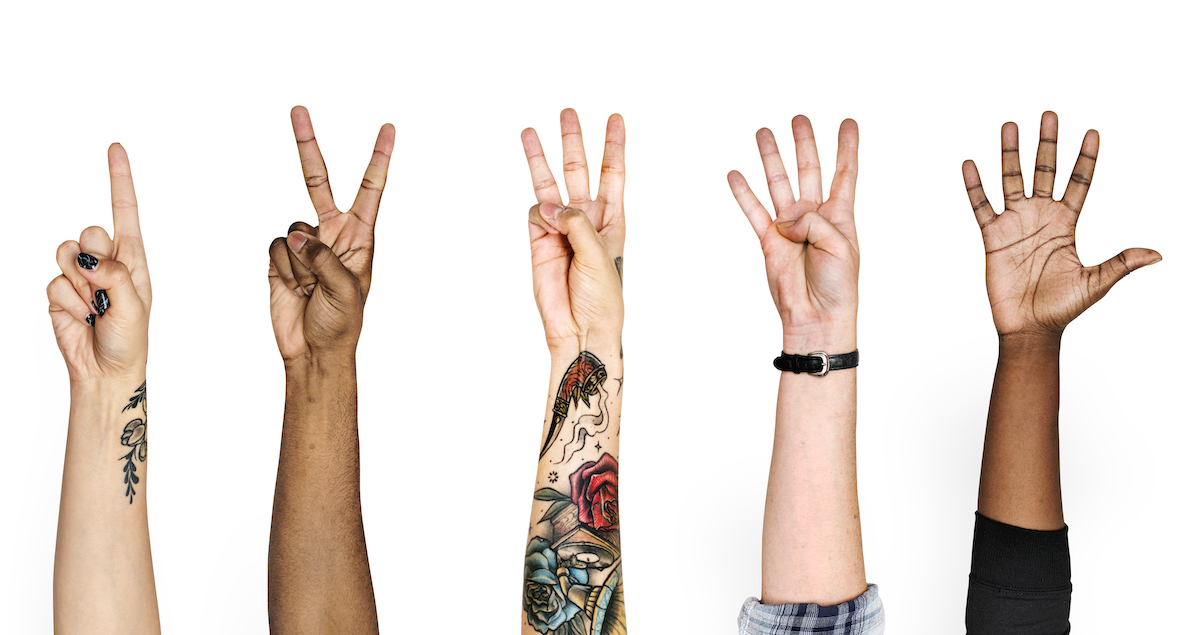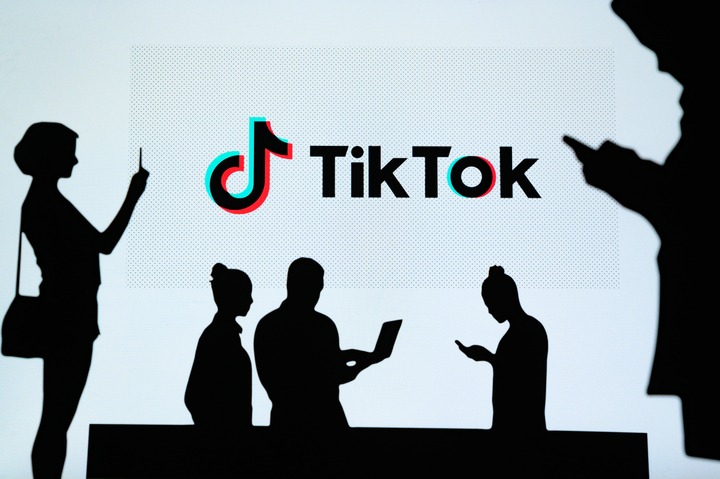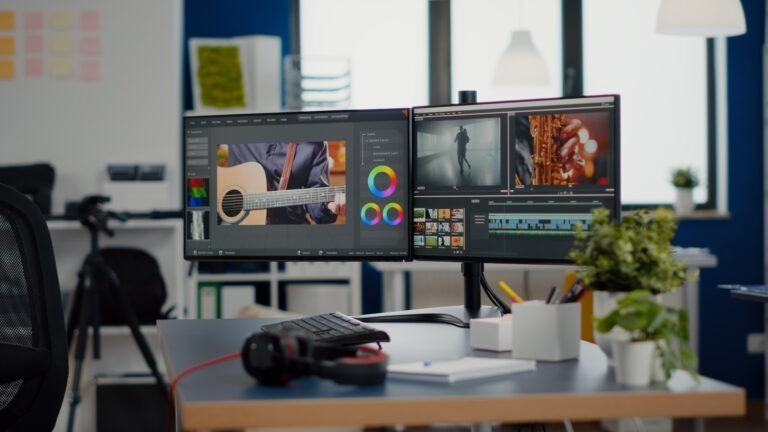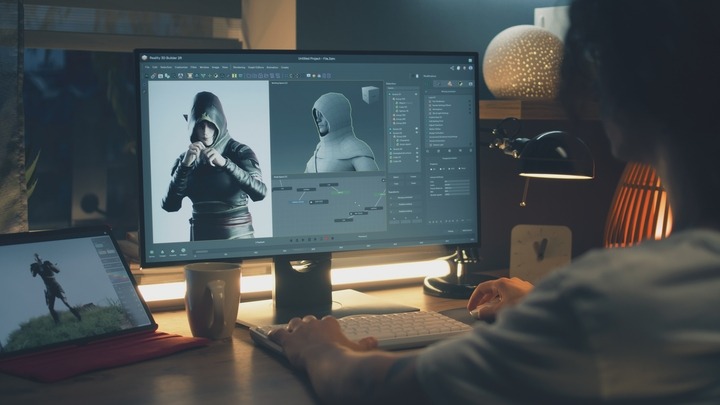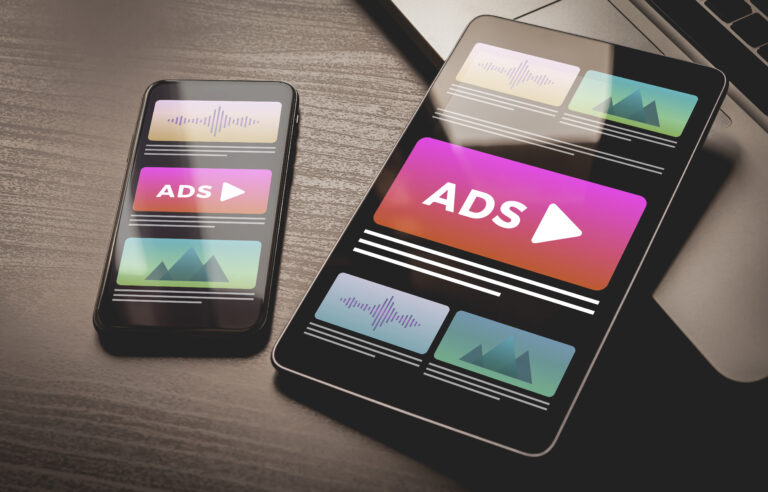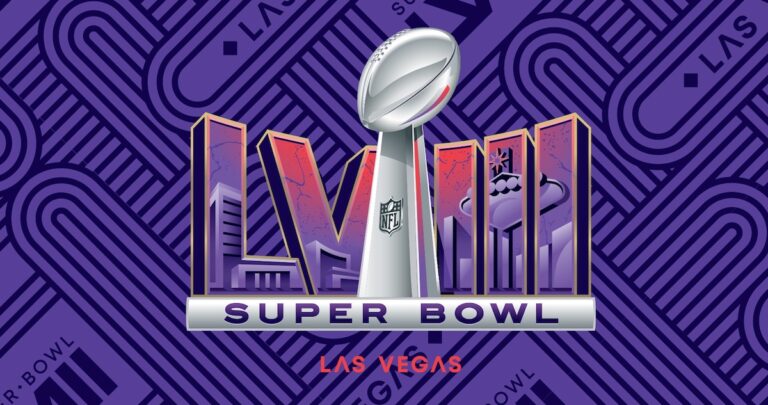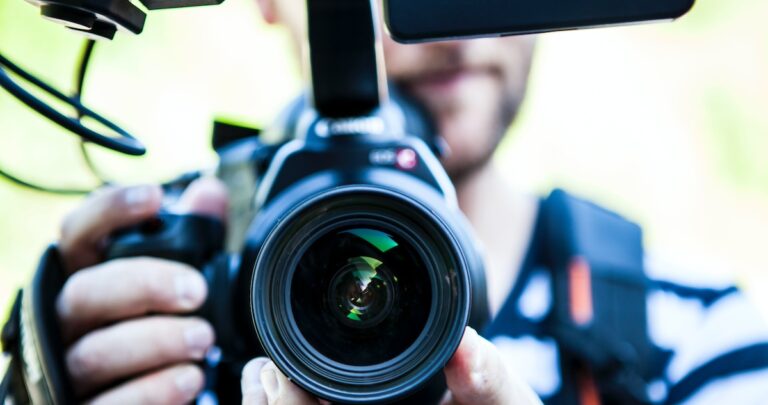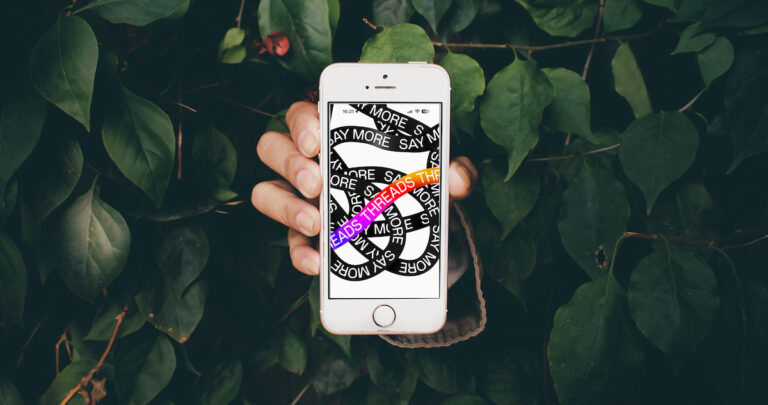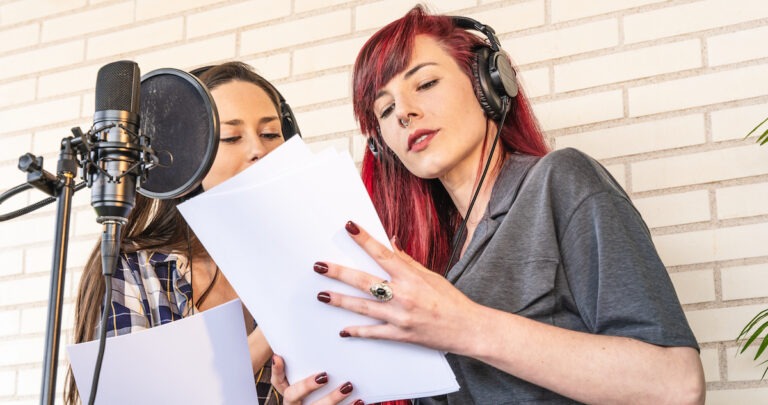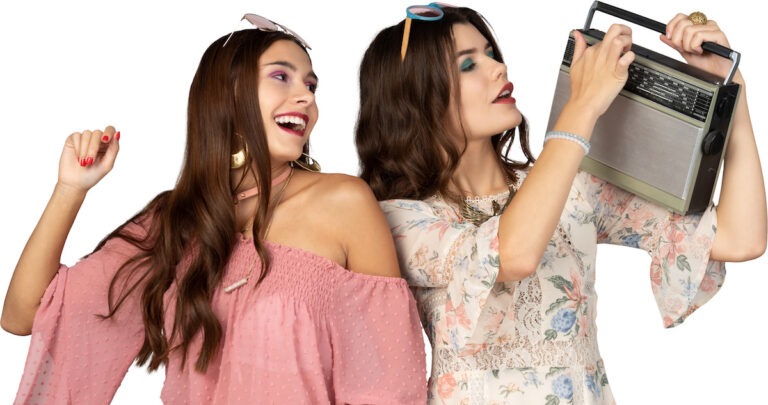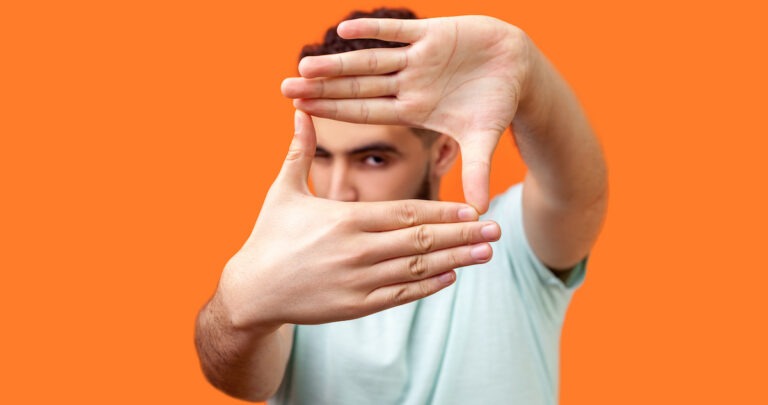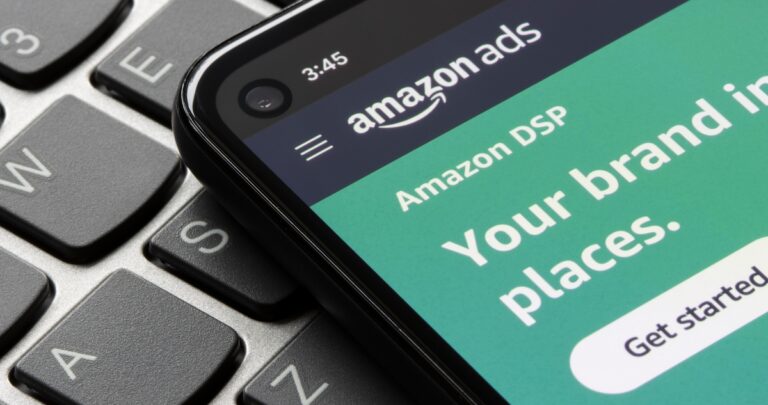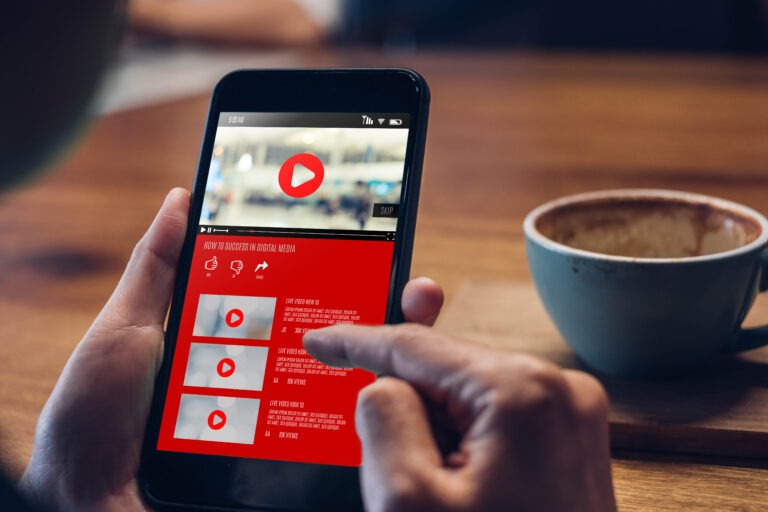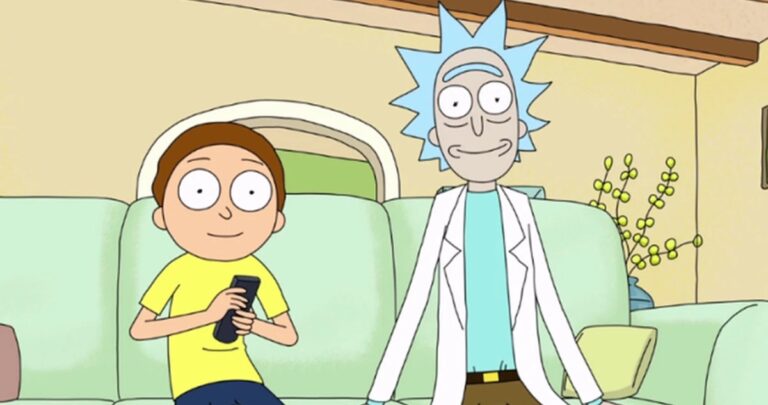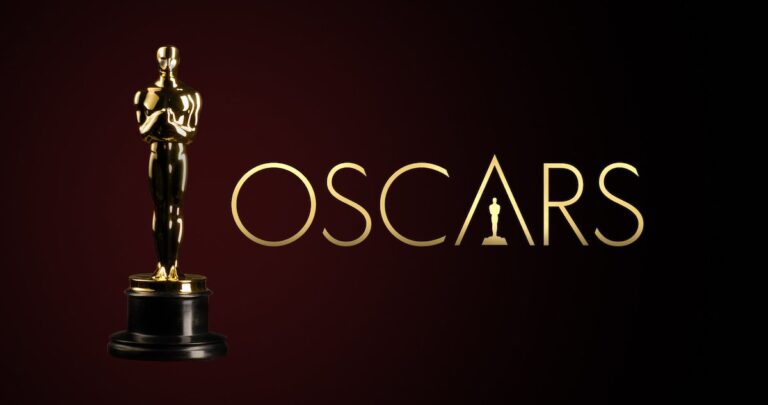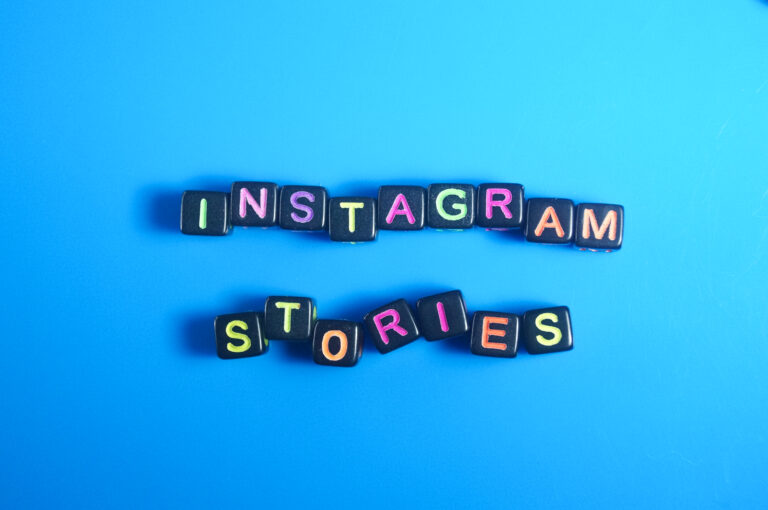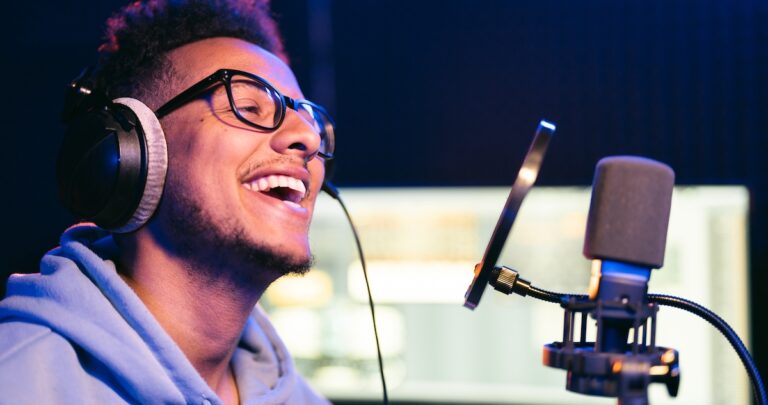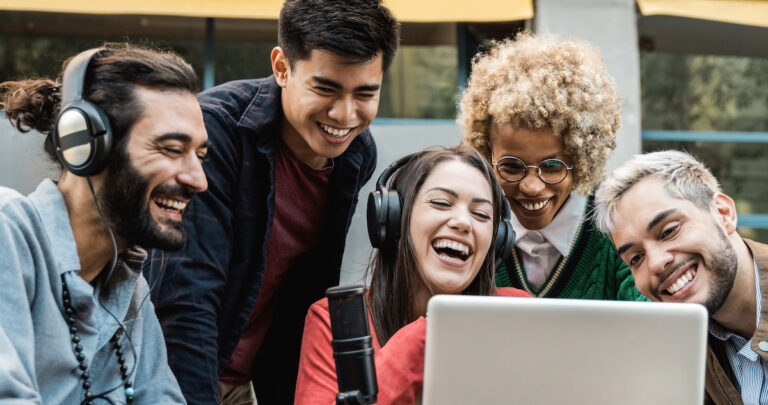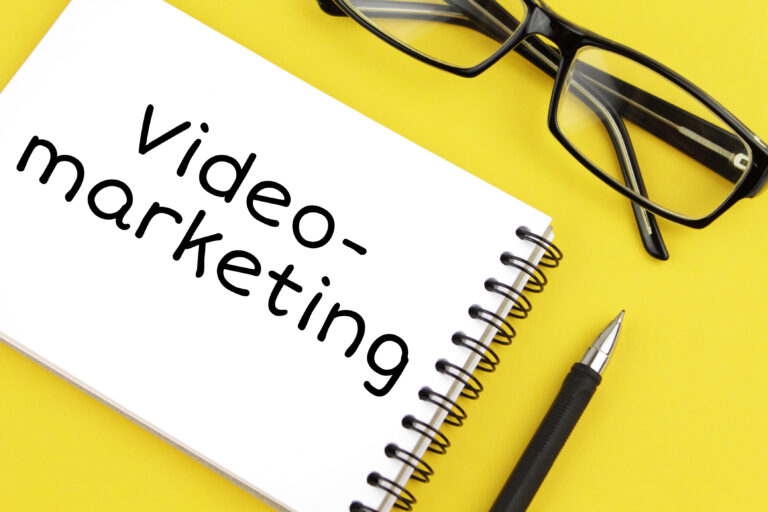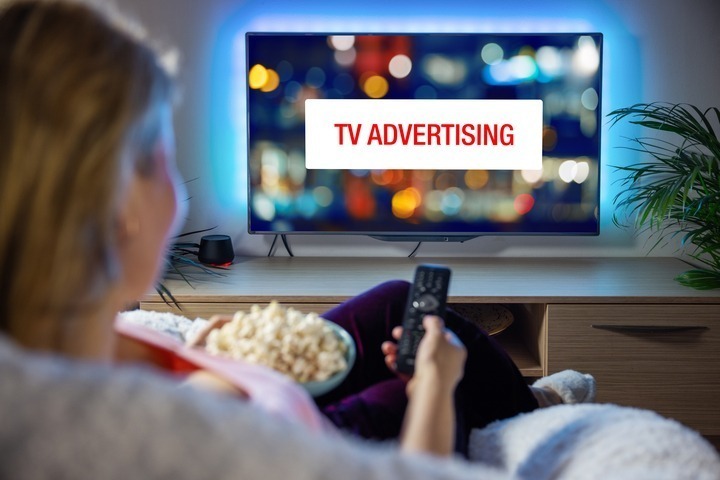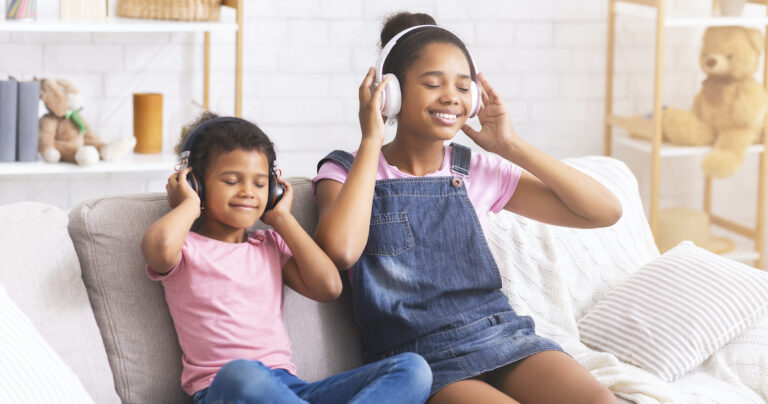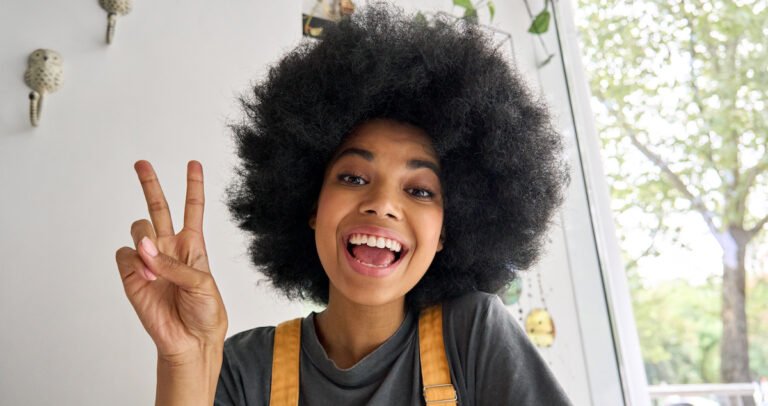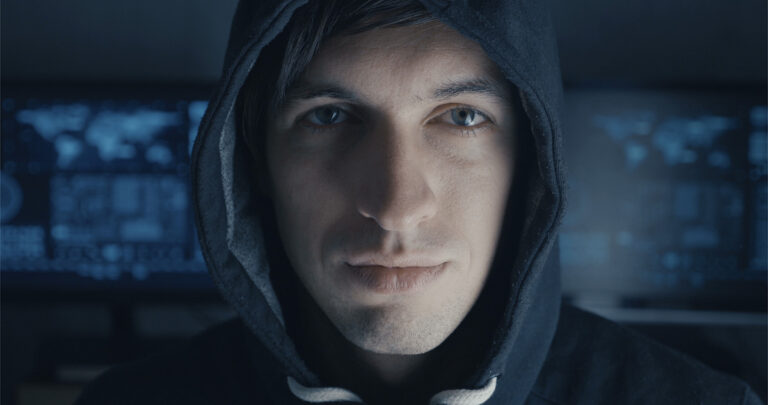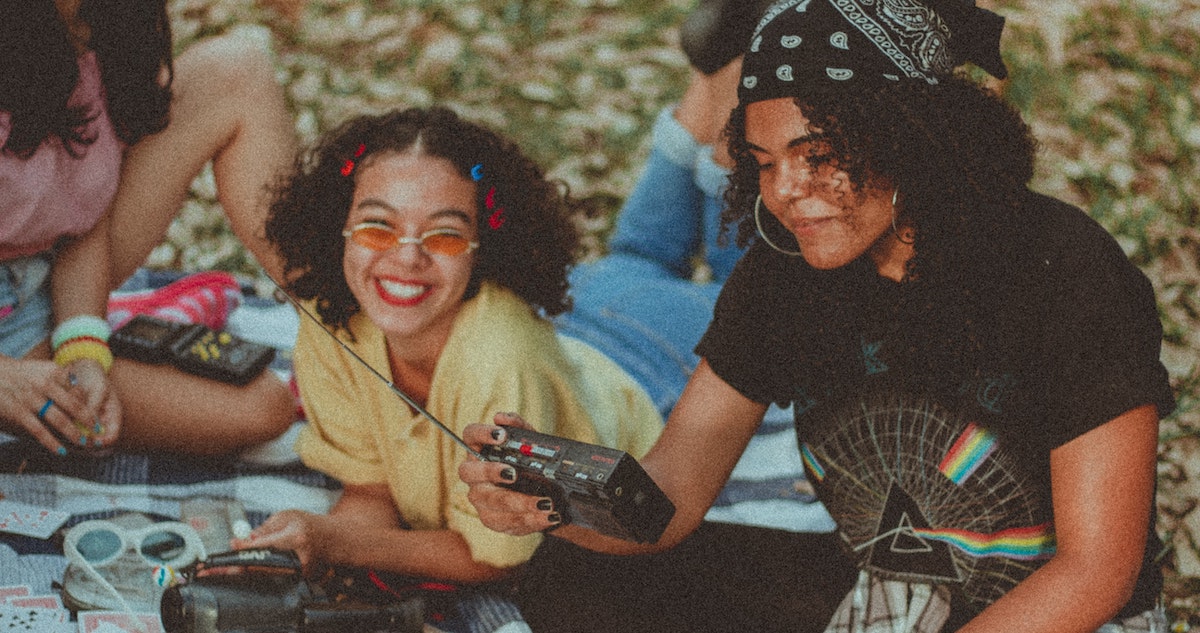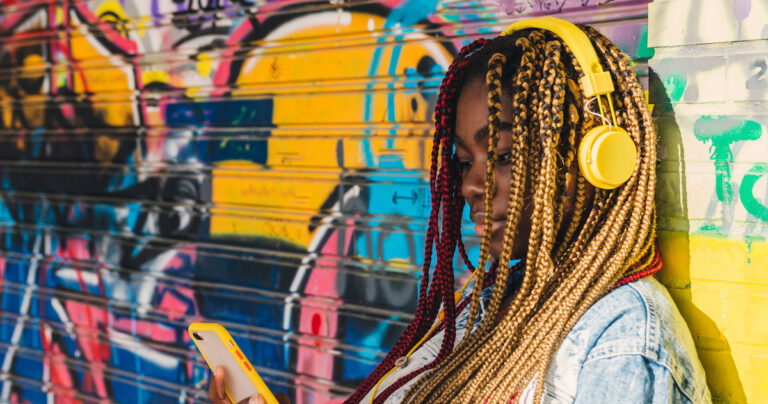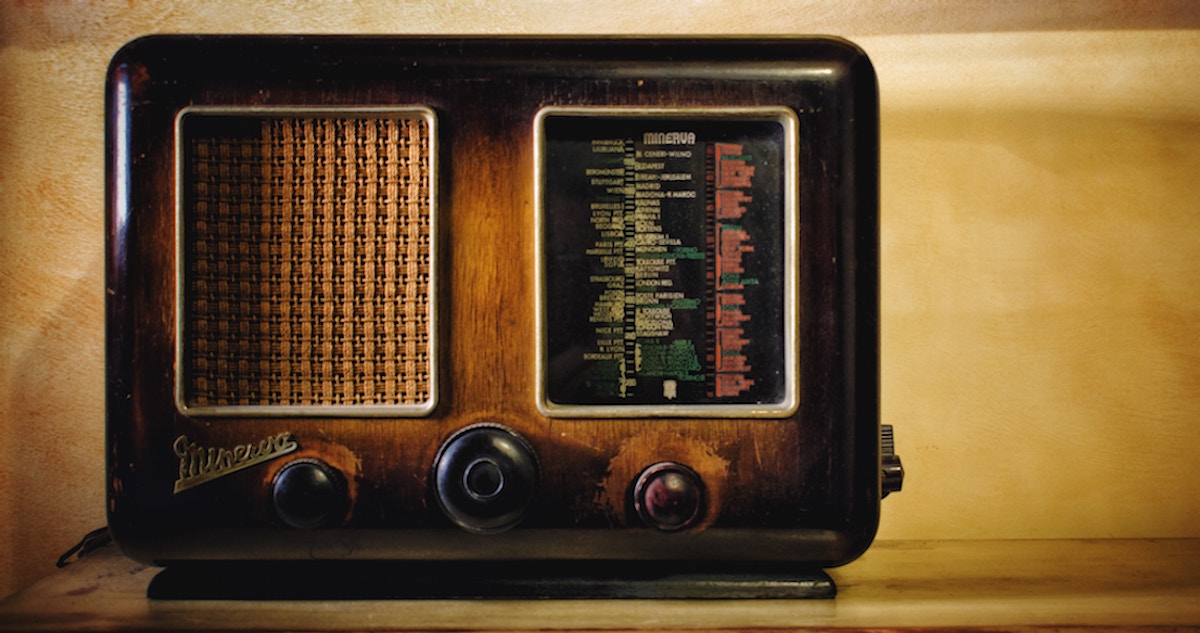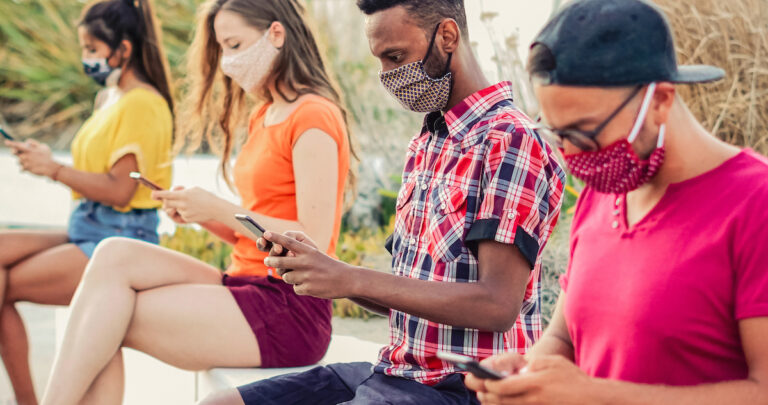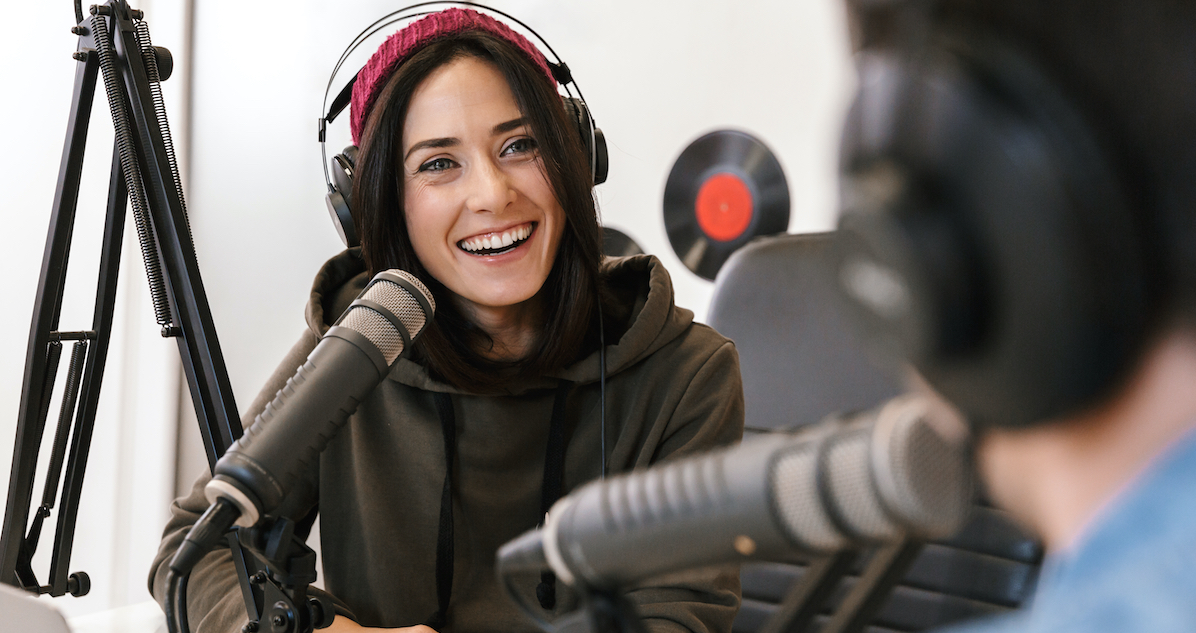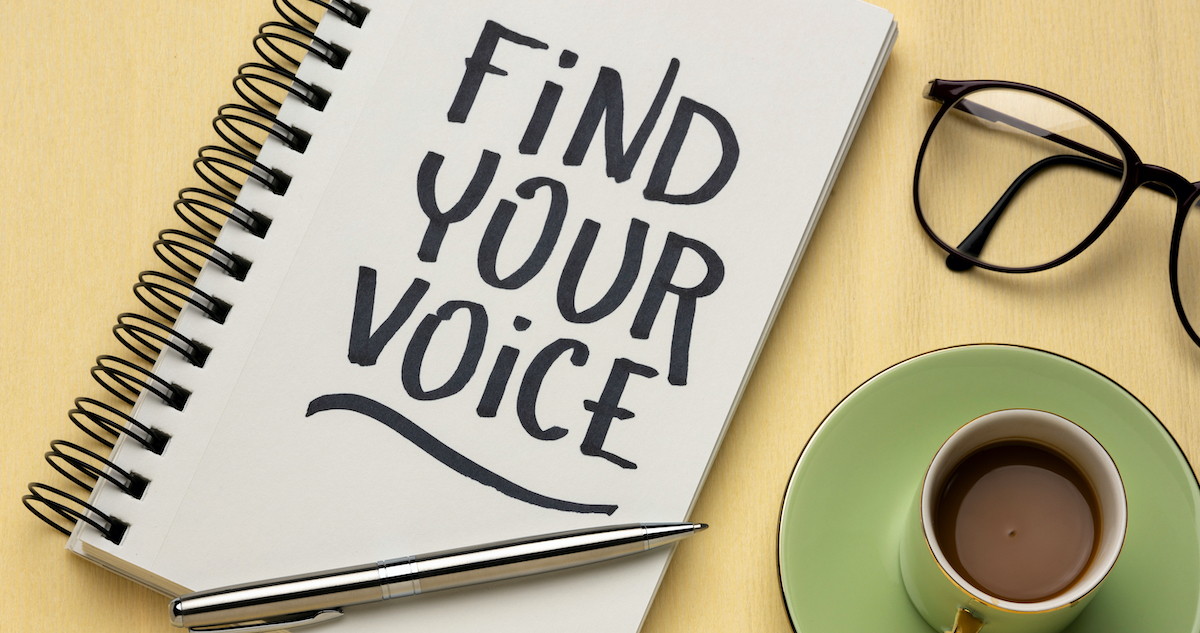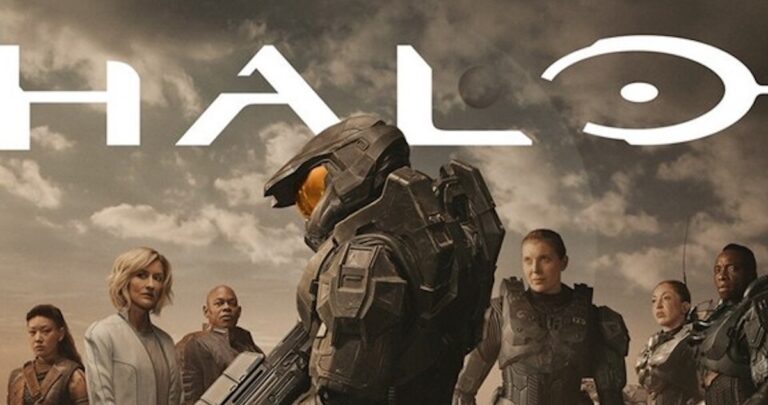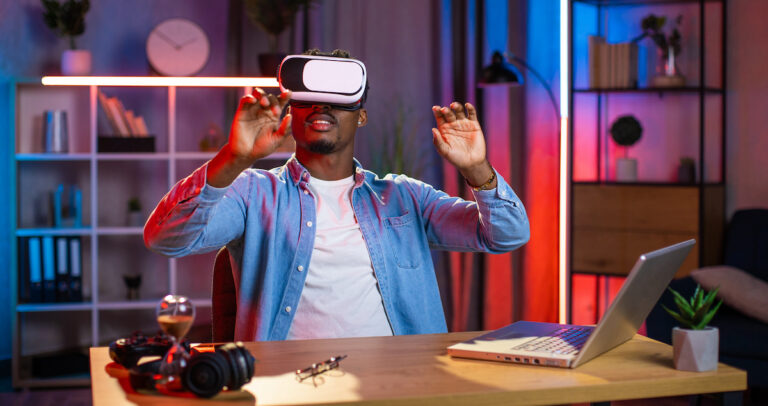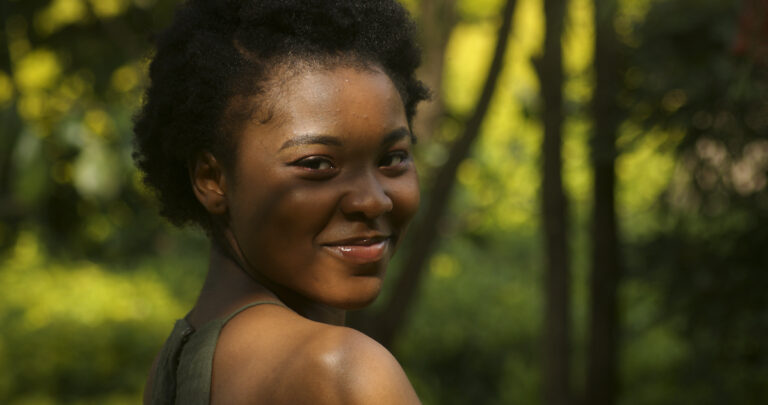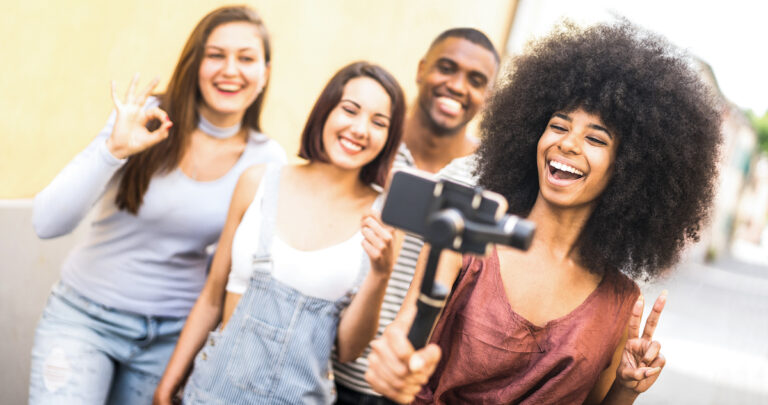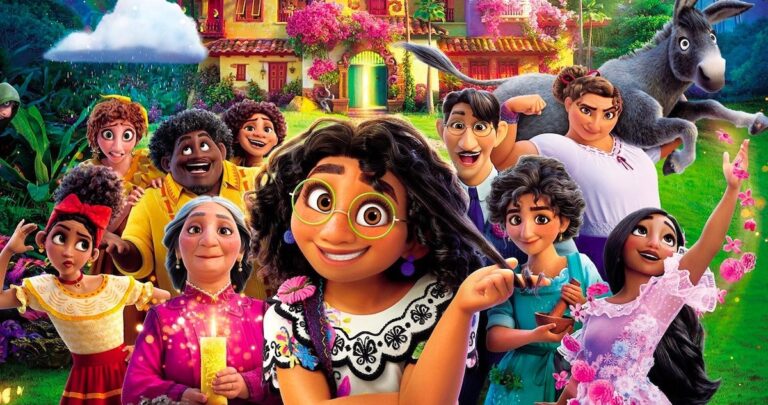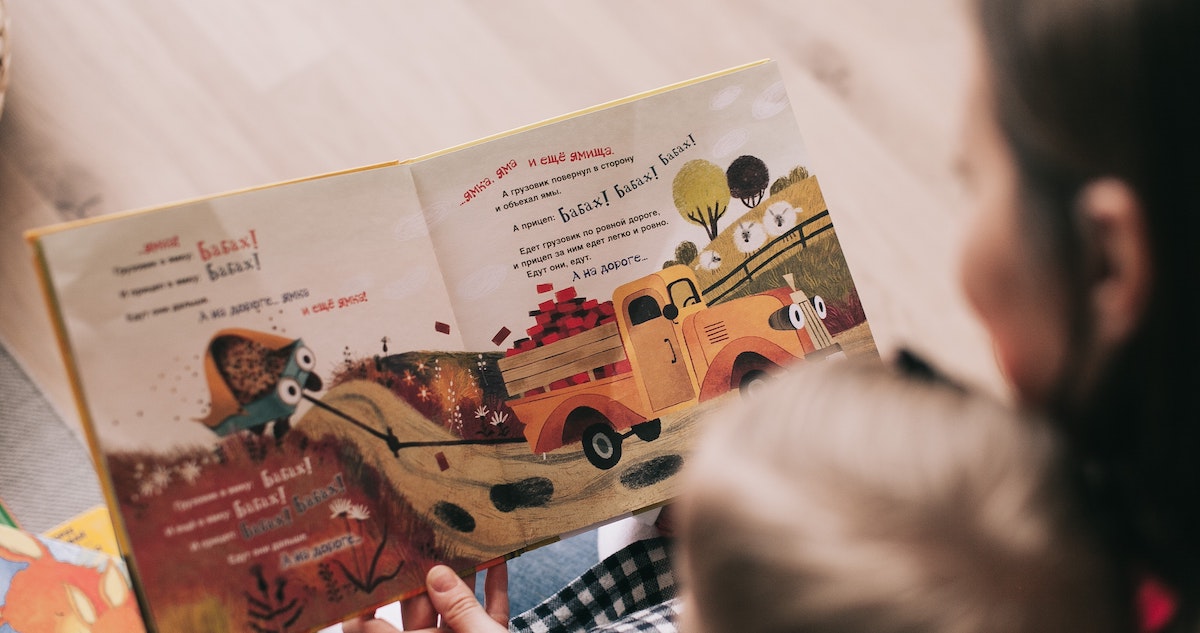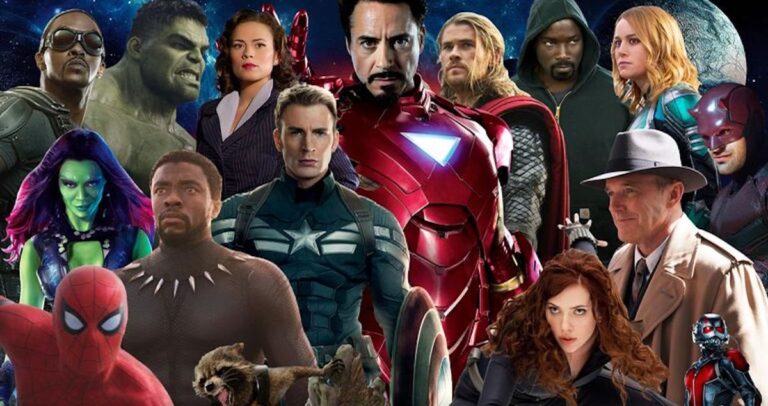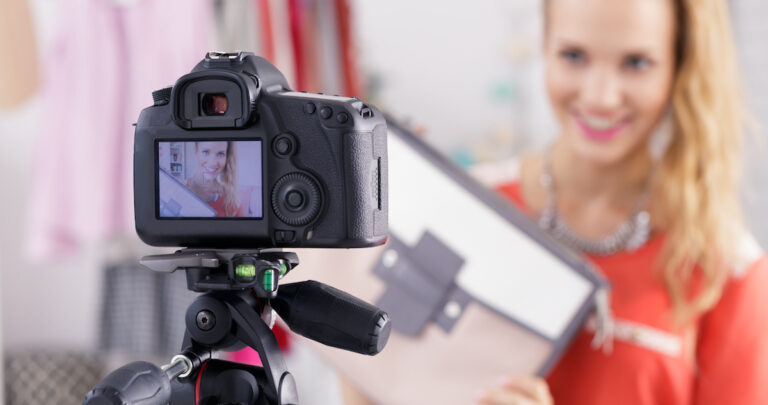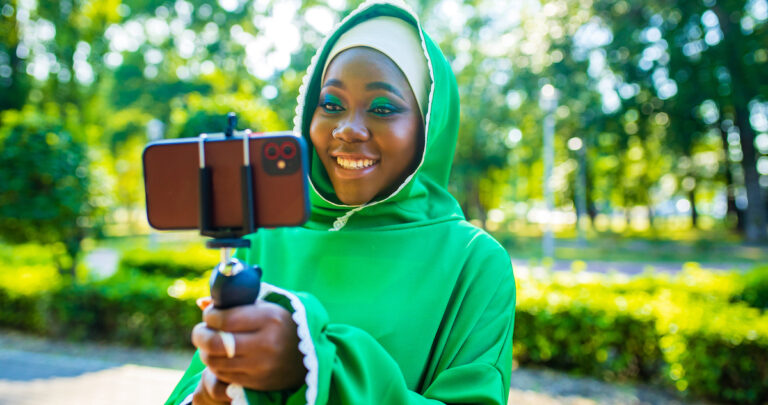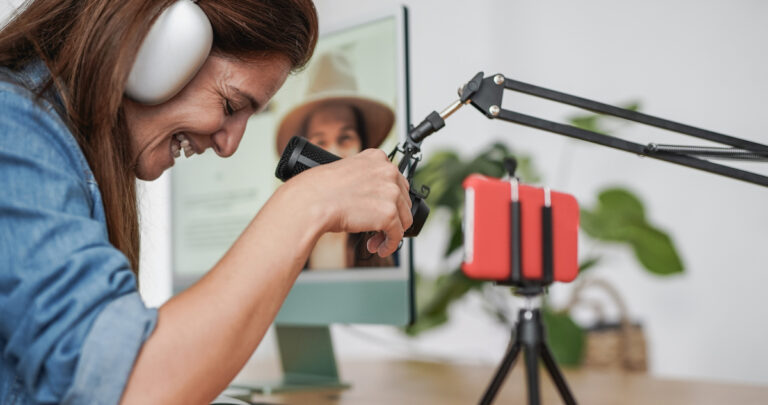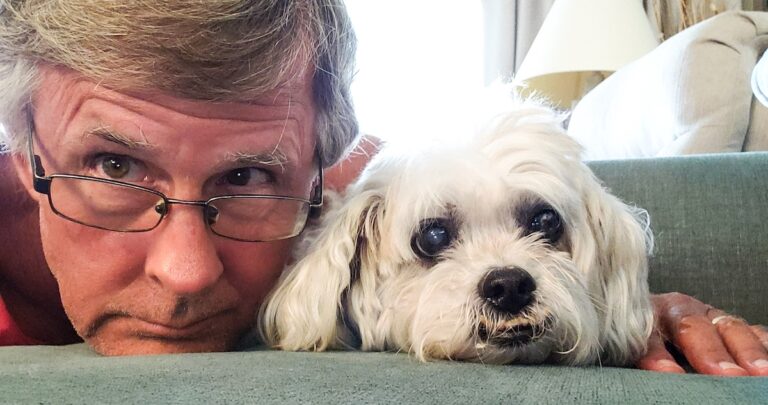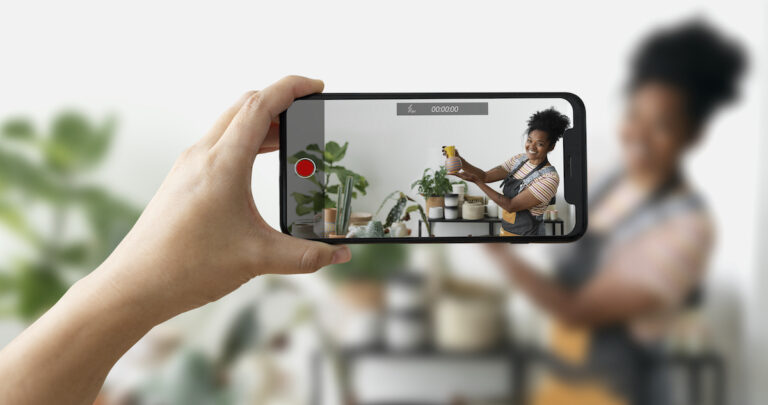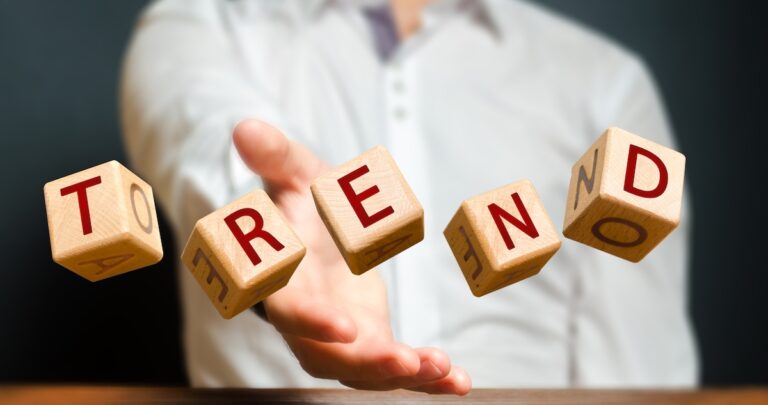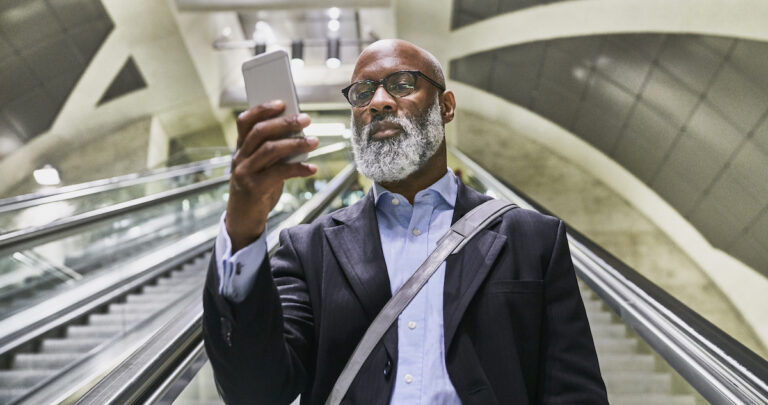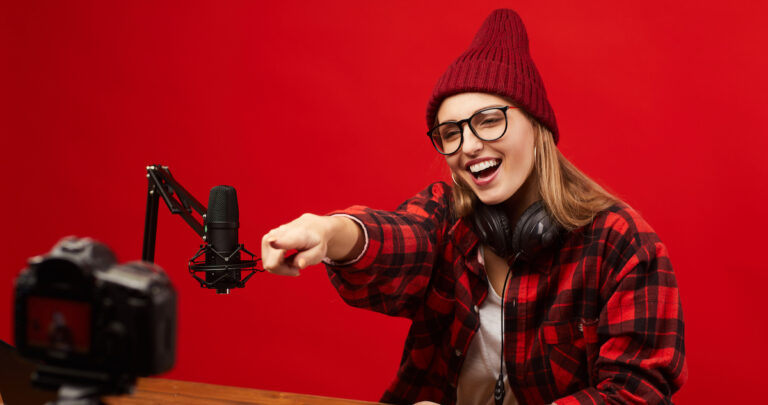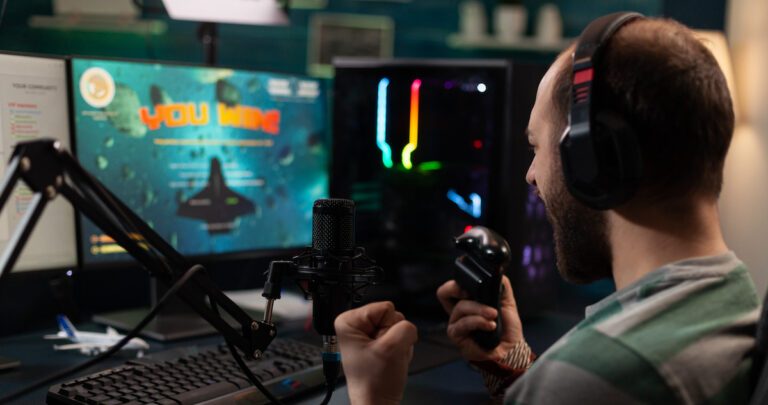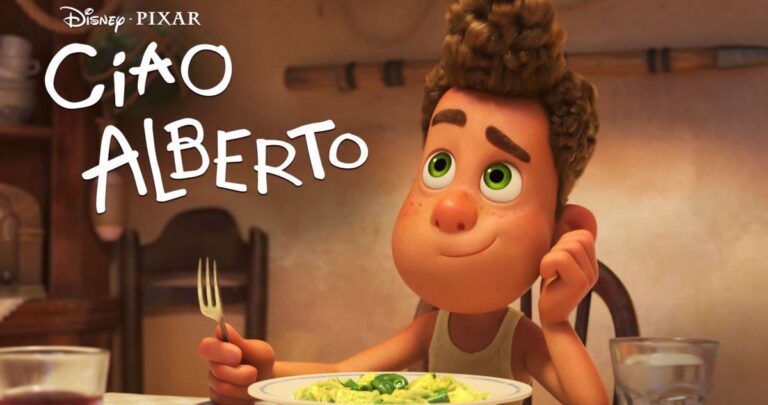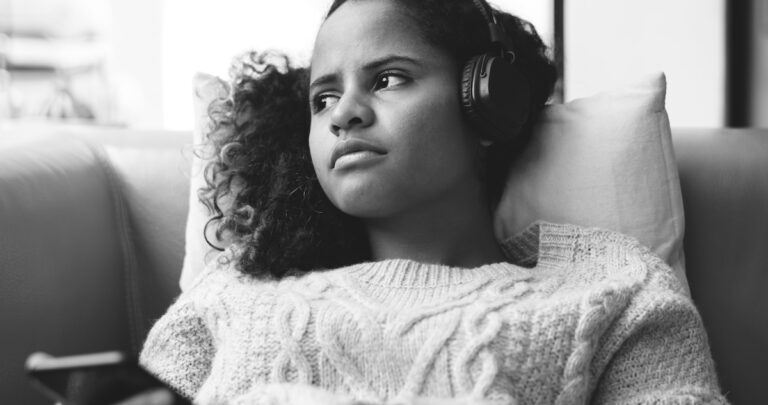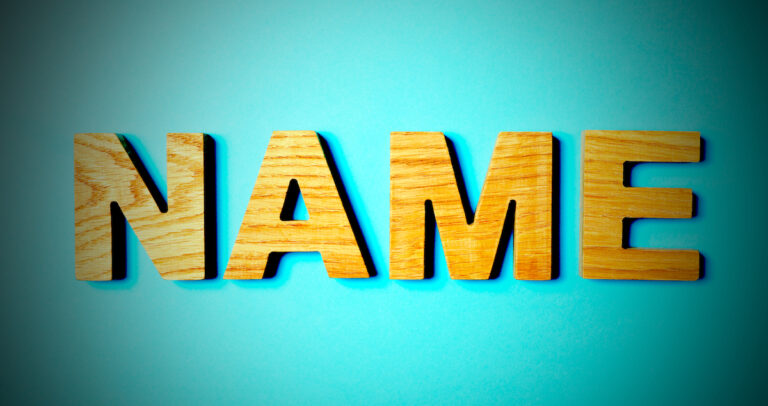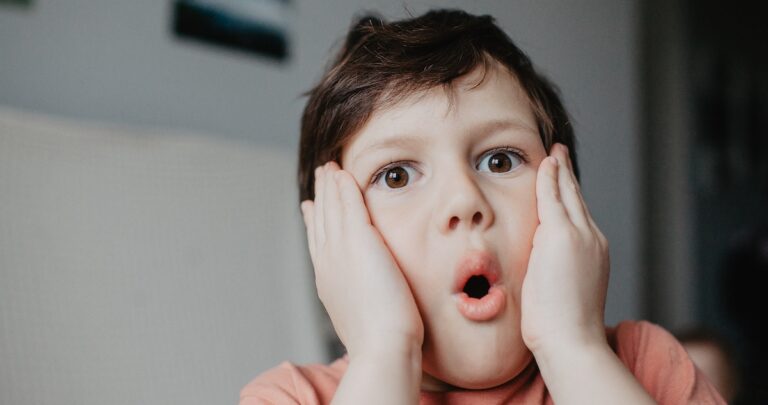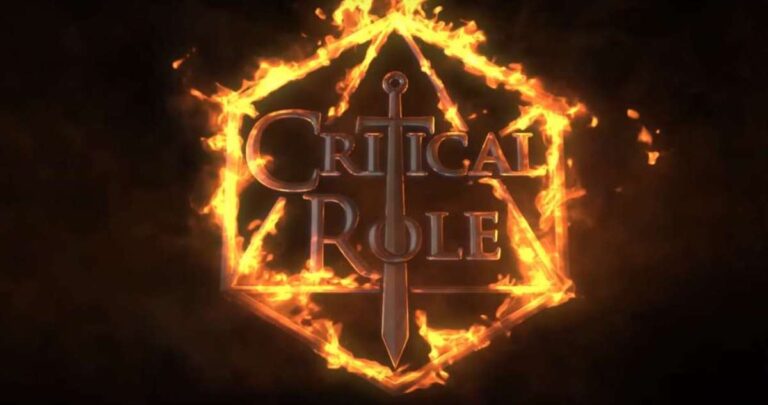So you’re ready to pick out the perfect voice actor from the range of auditions you received after posting your project on Voice123. Obviously, your project brief was written based on numerous factors including audience demographics. Audience aside, voice over talent demographics and statistics in the US have revealed that 71% of voice actors are white, and 56% of them are male. A question worth asking – as we come to the end of 2022’s acknowledgement of black history during February – does diversity really matter? After all, we rarely see the person behind the voice over, right? It’s all about engagement, style, tone, and age, isn’t it?
Sure.
But maybe not.
Here’s why embracing diversity in your voice over projects will almost inevitably add to their overall success.

The evolution of voice overs
Times, viewers, styles and trends have changed. Years ago, voice acting was a much smaller industry and actors were sometimes not even credited for their roles. Mel Blanc, often referred to as the man of a thousand voices is often cited as one of the first voice actors who demanded to be credited for his animation voice work – and let’s not forget that he voiced over 400 distinct cartoon characters. These days, voice actors tend to credited as a matter of course, and there’s a huge surge in the popularity of celebrity voice overs. Not everyone has the budget to have Morgan Freeman voice their script for a commercial, however. What has happened is that today, people want to know more about the person behind the voice than merely the voice itself.
Whatever your project, here are 4 reasons why diversity can have a positive impact on your next project.
4 reasons diversity can make a difference in voice overs
1. Character identification creates more awareness of people
Believability is a crucial factor in any performance. That’s why a voice actor who can infuse authenticity into a character is a special find. It’s one of the reasons why actors with the same character traits, culture, or even heritage are chosen. The energy drink brand FRS even went one step further by asking athlete Tim Tebow to share an authentic story behind his passion for FRS products. This helps viewers to form a more organic response to the product by creating a three-way connection from the product to the athlete and then to the viewer.

A fitting example in voice acting is Disney’s decision to cast Dwayne Johnson (aka The Rock) as the voice of Maui in the Polynesian title Moana. It also turns out that High Chief Mavia of Samoa, Johnson’s grandfather, was a partial inspiration for Maui. The result? The Rock was able to use culture, heritage, and tradition to make a successful connection to his character.
So, it all comes down to being real and sounding real.
And through Google, viewers now have access to everything behind the scenes as well. Once again, highlighting how the person behind the voice is starting to count. A prime example is this behind-the-scenes footage of The Rock singing the Moana hit, You’re Welcome. His facial expressions and body language make it easy to believe that he really is the face behind the voice. And with 190,360,360 views, many others are inclined to agree.
What’s the takeaway?
Diversity on and off the screen can power a chain reaction. The voice actor starts the chain by drawing on family dynamics and heritage to connect to their character. In turn, this helps viewers connect to the nature of the character and the voice actor through authenticity and believability.
2. Role models are more visible to diverse viewers
Denzel Washington once said, “A role model is a mentor – someone you see on a daily basis, and you learn from them.”
And today, finding a role model has never been simpler. In fact, it’s as easy as, type, click, and scroll. So viewers of varying ages now have instant online access to information like what does The Rock eat for breakfast or how many hours does he sleep at night? But for diversity, this means Google searching a character can give you more than just ‘sleeping tips’. Viewers can also find a person who is an example of a modern-day superhero. Someone they can personally relate to and learn from in everyday life.
What’s the takeaway?
Diversity in casting means that viewers have more representative role models; someone who looks like them dresses like them or even speaks like them. This also means they can better relate to the experiences and life lessons of the person voicing the character.
3. Diversity creates opportunities in all industries.
Voice over trends reported a 900% increase in the number of voice overs needed in recent years. Many of which create better options for diverse voice overs.
But, let’s face it, hiring The Rock is not as easy as we’d like it to be. So, keep in mind that when big names aren’t being selected for every voice over role, there’s a cluster of other voices (and faces) at your disposal. Especially since diversity brings more to the table than just inclusion.
Different backgrounds and experiences can also be a helpful method in understanding global culture and perspectives. In the case of Moana, many of the voice actors could draw on their own pacific islander and polynesian heritage which no doubt contributed to the vocal and overall success of the film as it went on to pick up two Academy Award nominations.
What’s the takeaway?
The landscape of voice overs is changing. And diversity is now more than just a voice or a face. It’s the representation of identity. And focusing on the face behind the voice helped past projects like Moana to use representation to connect with more viewers and reach a broader audience.

4. Diversity also creates better representation identity for people
Representation in voice overs is when people can relate to what a character stands for. Think of how an everyday fruit has the power to remind you of tech giant Apple. That’s because their logo represents knowledge making it a vital aspect of their identity in the tech industry.
An example of this kind of representation in voice acting is when a photo of Kenzo brooks and ‘his twin’ Antonio from Disney’s Encanto went viral. The photo was retweeted over 83 000 times and gained almost 1 million likes because of how similar the two looked. In this case representation mattered because a 2-year-old could identify with and even see himself in both the character and the voice actor who brought it to life, Ravi Cabot-Conyers.
That’s why Joan Baker and Rudy Gaskins, 20-year veterans of the voice over industry, have often highlighted: The Importance of Diversity in Voiceover Work! Because representation also emphasizes the idea of identity and that ultimately nobody gets left behind or forgotten.
What’s the takeaway?
Embracing diversity means that representation gets a more direct platform in the voice over industry. This way, various identities can be both heard and seen. So in making use of authentic voices, you can include positive aspects of representation like identity in your own voice over projects.
Voice acting diversity: 3 great success stories
1. Steven Universe
As one of the most diverse animated series in the 21st century, Steven Universe has relatable situations and varying characters. One of which is Garnet.
Voiced by British singer/songwriter Estelle, the character was actually designed by Rebecca Sugar while listening to Estelle’s music. But Garnet is refreshing in that she breaks down typical ideas. By also combining aspects of the voice actor with this character millions worldwide can now relate to both the voice and the face.
2. Central Park
As an adult musical comedy, Central Park is about the Tillerman family trying to save their home from a greedy land developer. But Molly Tillerman, a mixed-race character, was previously voiced by Kristen Bell.
Then, growing calls for increased diversity led to the character’s voice over being recast to include an actor with a more visually accurate portrayal. Mixed-race actress Emmy Raver-Lampman has since voiced Molly in season 2 and a whopping 100% rating on Rotten Tomatoes shows that the decision did have merit. So, this kind of casting echoes the success of increased authenticity in having more diverse voice overs.
3. Encanto

With three Oscar Nominations, Encanto sets a new bar when it comes to cultural representation in voice overs. In fact, this latest Disney hit has made more than just a single leap towards cultural diversity.
The storyline is set in the mountains of Columbia and features a voice over cast with authentic Colombian heritage. For example, John Leguizamo, the voice of Bruno, was born in Bogotá, the capital city of Columbia. And María Cecilia Botero, the voice of Alma, Mirabel’s grandmother, is already an established Colombian television star.
This is the kind of casting diversity that reflects both representation and inclusion. Because it’s not just about casting an established voice actor, even if it’s a diverse one. It’s about casting a voice actor whose diversity resonates with both the role and the viewers. That’s the surest way your project can touch the hearts of viewers now and in the years to come.
3 ways to best embrace diversity for your next project
1. Think global audience
Or, more specifically, take the time to consider how just one voice can affect a global audience.
Viewers relate to voice actors who accurately portray their character’s history and heritage. So promoting authenticity is vital when it comes to successfully connecting with your viewers. And this is why keeping a global picture in mind is essential.
As the wants of viewers are constantly evolving, taking the time to understand the mind of viewers is a crucial aspect of voice casting. Thinking about the longevity of your voice over project now will help you to make the best casting decisions for future outcomes.
It will also mean making better use of voice actors with backgrounds that either match or directly relate to the character/product so you can successfully reach viewers on a global scale.
2. Think firsthand experience
For a character to be believable, a voice actor needs to understand the length and breadth of that character. So choosing a voice actor who has firsthand experience or understanding of aspects like history, customs and culture will go a long way toward better character development.
Your end goal should be to work with a voice actor whose background connects naturally to the character/product.
This will also mean long-term stability between the actor, the role, and the viewers. All because of the parallels between the life of the voice actor and the life of their character.
3. Think beyond the norm
To get something special out, you’ll have to put something special in.

This means casting a broader net to find the best suited diverse voice for your project. For example, Disney chose to hold open casting calls to find their perfect Moana. They even accepted YouTube auditions. Although this is not the typical route, it could be a really effective way to discover new talent. Since everything is available online today, this type of casting process also created massive online chatter and social media curiosity which was a huge marketing boost before the eventual release. Actor/singer Auli’i Cravalho was actually the very last girl to audition for the role of Moana. So holding out for the best seems to have worked phenomenally well for Disney.
And choosing to cast a diverse voice actor can work for you too.
How?
Firstly, it levels out the voice acting playing field. So, instead of just familiar voices, the industry now has a broader selection of range and talent. This means more opportunities for all types of voices.
Secondly, viewers have the ability to pick up on even the tiniest details. Having a similar cultural background as the character means they’ll know when it’s an authentic voice and when it’s just pretending to be one. Choosing a diverse voice that matches viewers’ expectations of a character creates a connection that can be even more powerful than Tony Stark’s arc reactor or Thanos’ gauntlet. So whether you’re casting a hero or a villain authenticity is a vital part of character development. But, to get more guidance on how to do that, you can also check out how to cast awesome hero and villain voice actors.
Final thoughts
The voice over industry is in a constant state of evolution. This means that choosing a voice now could have a knock-on effect decades later.
For example, when Disney selected James Earl Jones as the voice of Mufasa in The Lion King they had no idea that 28 years later the same actor (at the age of 88) would once again voice the role in the 2019 live-action remake.
So, a crucial part of diverse casting is thinking about what the character/product could be referred to in the future? If the character incorporates valuable aspects of diversity now then it too has the possibility of becoming as iconic as Mufasa in its own time.
You can start by focusing on better character identification for the voice actor. This will help you to create increased representation across the globe.
Next, think about how industry expansion can help you to open up more opportunities in the industry both now and in the future.
And finally, Elon Musk, CEO of SpaceX and Tesla, said once, ‘I could either watch it happen or be a part of it.’ So this is the time to make the changes that matter most because the call for diversity in various industries is growing.
So, now that you know how to better embrace diversity to improve the success of your voice overs – we wish you all the best!
May your yellow brick road guide you to both business and casting success. And whether you’re looking for the next Mufasa or a Maui, don’t forget to check out our wide range of voice actors on Voice123 to help you along the way!



